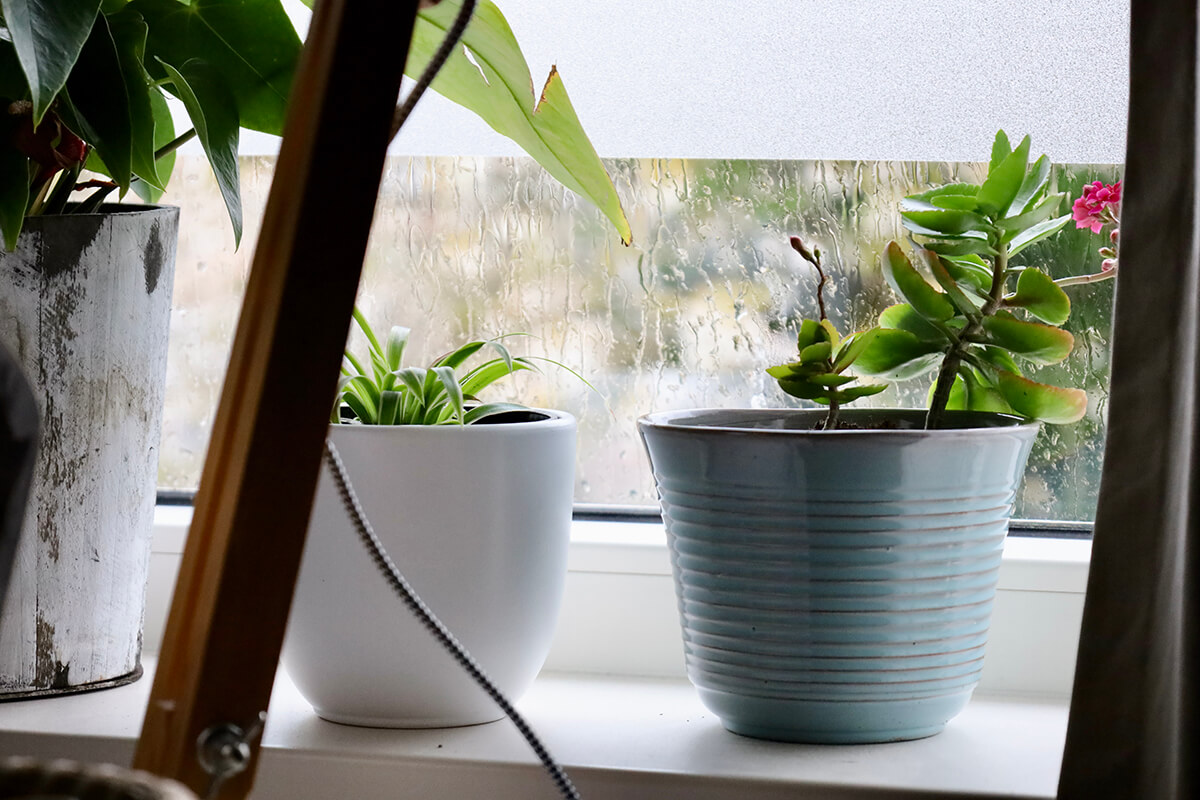Phalaenopsis schilleriana, often called the “Moth Orchid,” is a stunning and popular houseplant known for its elegant blooms and air-purifying qualities. If you’ve brought this Orchid home and want to see it thrive—not just survive—the light it gets is one of the most important factors you’ll need to get right. The good news? Perfecting light for your Orchid is totally doable, even in a small apartment. Let’s answer your most common lighting questions with friendly, straightforward advice!
What Are the Ideal Light Conditions for Phalaenopsis schilleriana?
The Orchid Phalaenopsis schilleriana loves *bright, indirect light*. In nature, these Orchids grow in the dappled shade of tree canopies, where sunlight is filtered through leaves. Mimicking this at home is the key to seeing healthy growth and stunning blooms.
- Indirect light means the sun’s rays don’t hit the plant directly. The light inside the room is bright enough to cast a soft shadow but won’t burn your hand or your Orchid.
Even if your Orchid seems happy at first, it may struggle to produce flowers unless it gets the right amount and quality of light.
Where Should I Put My Orchid in the Room?
Placement matters! Here are some great spots for your Phalaenopsis schilleriana:
- Near an east- or west-facing window: These spots often provide gentle morning or late afternoon sun that’s not too harsh.
- A few feet from a south-facing window: If you have strong southern light, move your Orchid back a bit or use a sheer curtain to scatter the rays.
- Avoid north-facing windows unless you use a grow light, as these usually don’t offer enough brightness year-round.
Quick tip: Avoid placing your Orchid right up against cold window panes. Leave a few inches for airflow to keep the plant happy.
How Many Hours of Light Does My Orchid Need Daily?
Phalaenopsis schilleriana generally needs about 10 to 14 hours of bright, indirect light per day for optimal health and blooming. While they can tolerate a little less during winter, aim for consistency.
- In summer, natural daylight is usually enough.
- In darker months or rooms, supplement with an LED grow light set to a gentle brightness.
No need to stress—just keep your Orchid’s location bright most of the day. Setting a timer on a grow light can help if your natural light is limited.
How Can I Tell If My Space Is Bright Enough for My Orchid?
Here are some easy ways to judge if your Phalaenopsis schilleriana is getting enough light:
1. Shadow Test: On a sunny day, hold your hand a foot above the Orchid. If your hand casts a blurred but visible shadow, the light is just right.
2. Leaf Color: Healthy leaves are medium green. Pale green can signal too much light, while deep, very dark green may mean too little.
3. Growth and Blooms: If you see new roots and leaves and regular flowering, your Orchid is happy!
If you’re unsure, it’s better to start with less direct sun and increase as needed.
Can Phalaenopsis schilleriana Tolerate Direct Sun?
Direct sunlight—especially in summer—can easily scorch the leaves of your Orchid. Avoid harsh midday or afternoon sun. Morning sunlight is gentler, but always start with partial exposure and check the leaves for any trouble.
If the only option is a very sunny window, use a sheer white curtain, a blind, or move the Orchid back a bit from the glass.
Does the Orchid Tolerate Shade?
While Phalaenopsis schilleriana is more forgiving than some other Orchids, it won’t thrive in low-light or truly shaded conditions. Persistent shade leads to:
- Fewer or no flowers
- Thin, weak roots and leaves
- Slow or stunted growth
A little bit of morning or diffused light is much better than deep shade!
Signs Your Orchid Is Not Getting Enough Light
Watch for these common signals that your Orchid needs more brightness:
- Leaves become dark green and limp
- No flower spikes appear
- Roots seem weak or rotted
- New leaves are unusually small or floppy
If you notice these signs, try moving your Orchid closer to a brighter window or adding a soft grow light above the plant.
How Can I Mimic Natural Conditions for My Orchid at Home?
You can recreate the Orchid’s native environment with simple changes:
- Use sheer curtains to filter light, like a tree canopy
- Place the plant where it gets steady, bright, indirect rays
- Rotate the pot every week for even light exposure
- Consider a small LED grow light (especially during winter or in rooms with few windows)
Summary: Giving Your Orchid the Best Chance to Bloom
Caring for Phalaenopsis schilleriana indoors is rewarding—and perfectly possible in any home, apartment, or office with a little planning. Remember: bright, indirect light for 10–14 hours daily, no harsh sun, and no deep shade gives your Orchid the best chance to grow strong, healthy, and full of blooms. If you make mistakes, it’s OK! Moving your Orchid and observing its response teaches you what it needs. Over time, you’ll learn to read the signals of your treasured Orchid and help it thrive.


